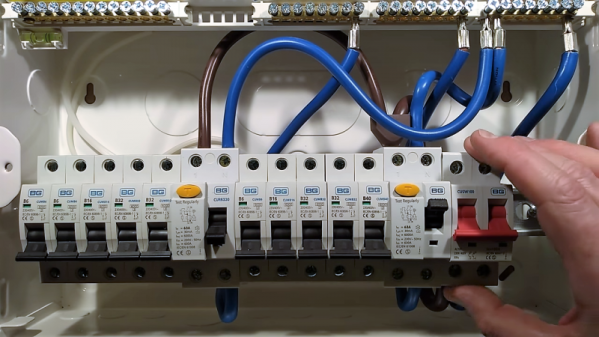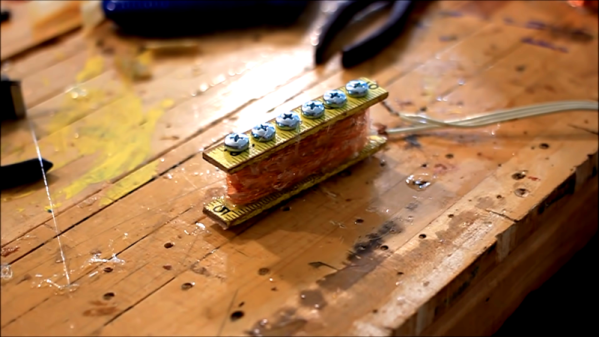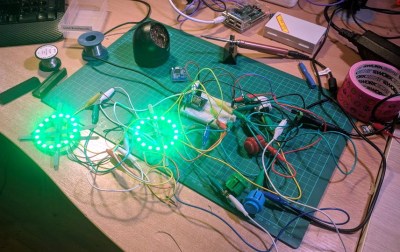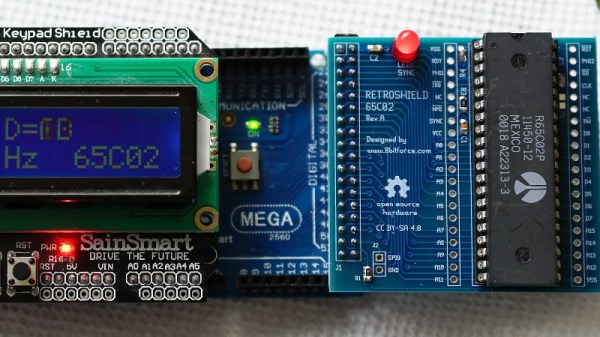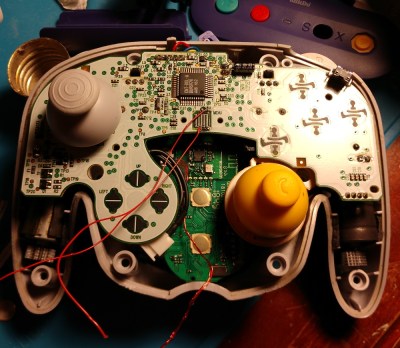No matter what field you’re in, it’s interesting and instructive to find out how others practice it. That’s especially true with electrical distribution systems, where standards and practices differ from country to country and even between regions. This tour of a typical British residential electrical panel is a great example of the different ways that the same engineering problems can be solved, and the compromises that always attend any design.
We’re used to seeing [Big Clive] tearing interesting devices to bits, but rest assured that this electrical panel remains largely intact as it gives up its secrets. Compared to the distribution panels and circuit breakers common in North American residential construction, the British consumer unit is a marvel of neatness and simplicity. True, the unit on display hasn’t been put into service yet, and things will no doubt change once an electrician is through with it, but the fact that everything is DIN rail mounted is pretty cool. [Clive] explains a few of the quirks of the panel, such as the fact that what looks like a main breaker is in fact just an isolation switch, and that there are a pair of residual current devices (RCDs), which we call ground-fault circuit interrupters (GFCIs) in North America, that also don’t act as circuit breakers, despite appearances. A stout bus bar is provided to link the RCDs to adjacent circuit breakers, forming two groups that are separately protected from ground faults.
[Clive] notes with dismay that the lugs of the bus bar can actually be inserted behind the rising clamp terminal on the breaker, resulting in poor connections and overheating. Still, we wouldn’t mind some of these concepts brought to panels in North America, which we covered a bit in a discussion on circuit protection a while back.
Continue reading “A Peek Inside A Typical British Residential Power Panel”

